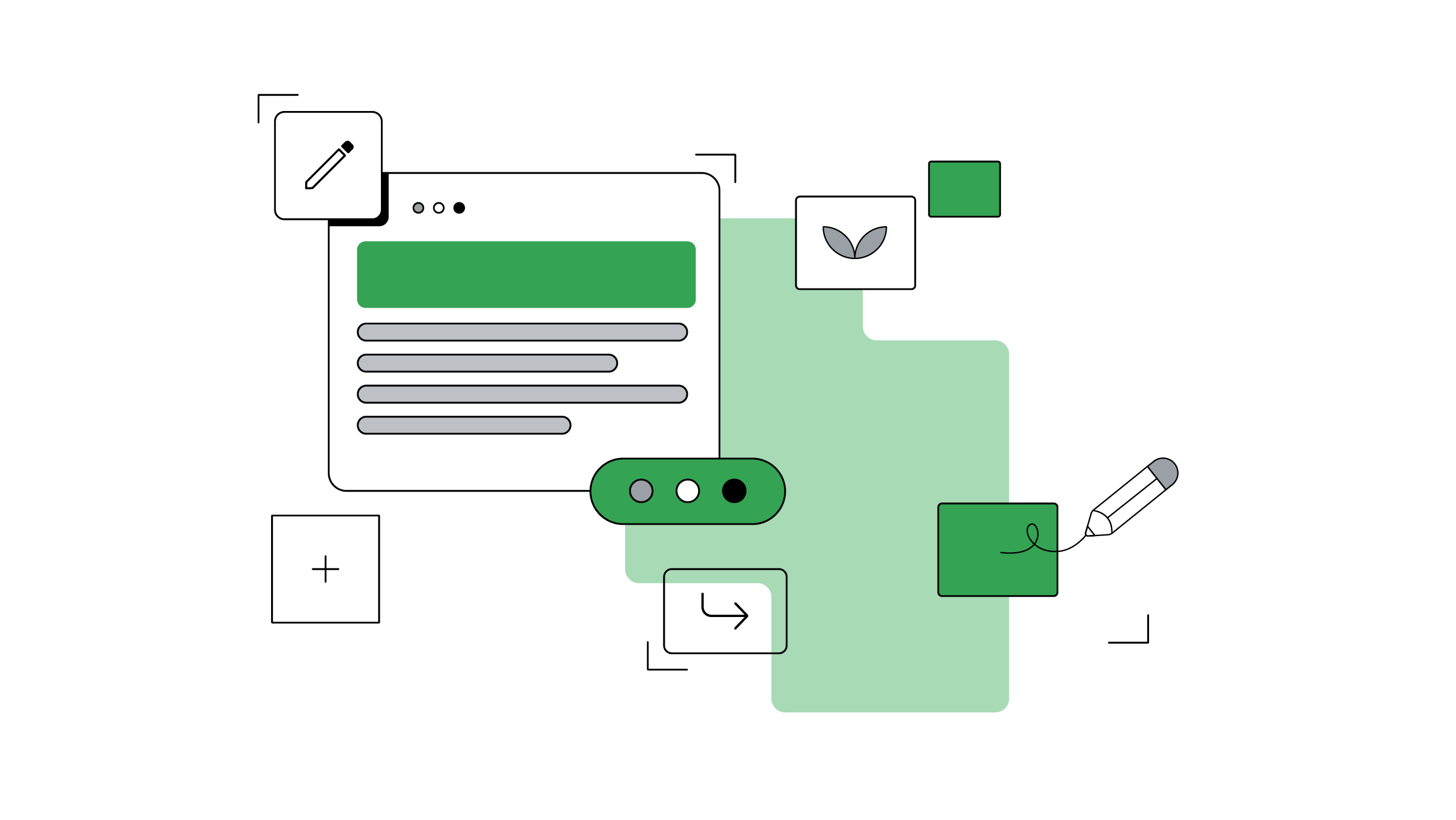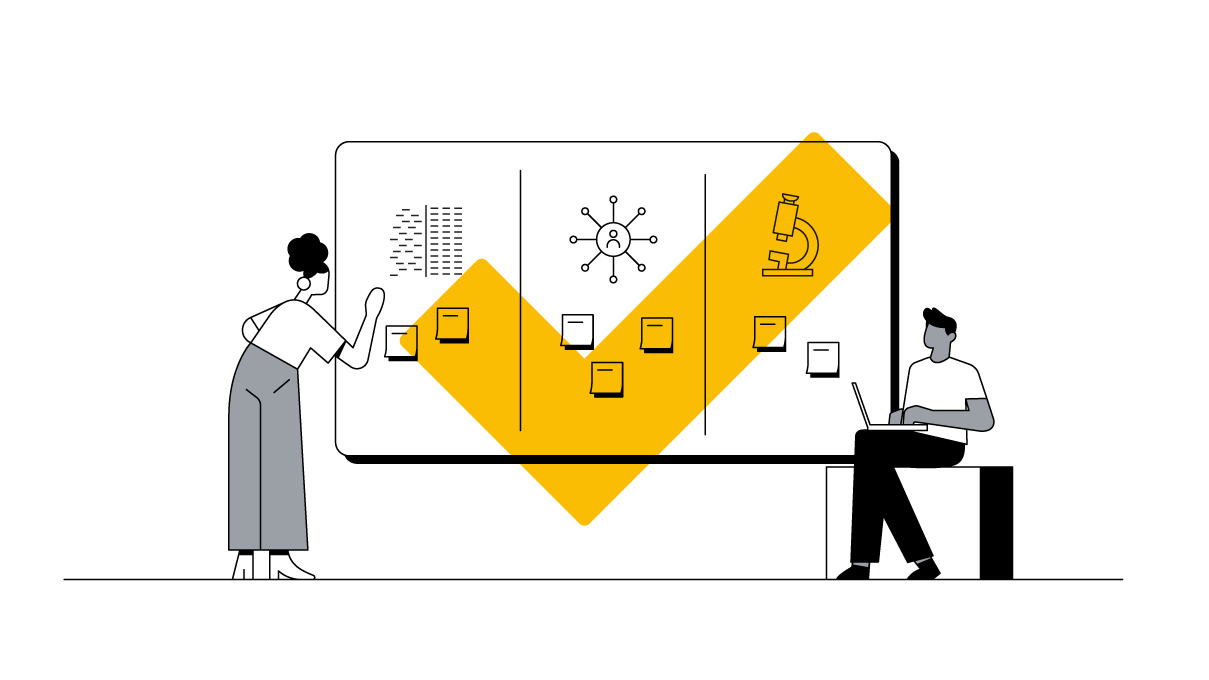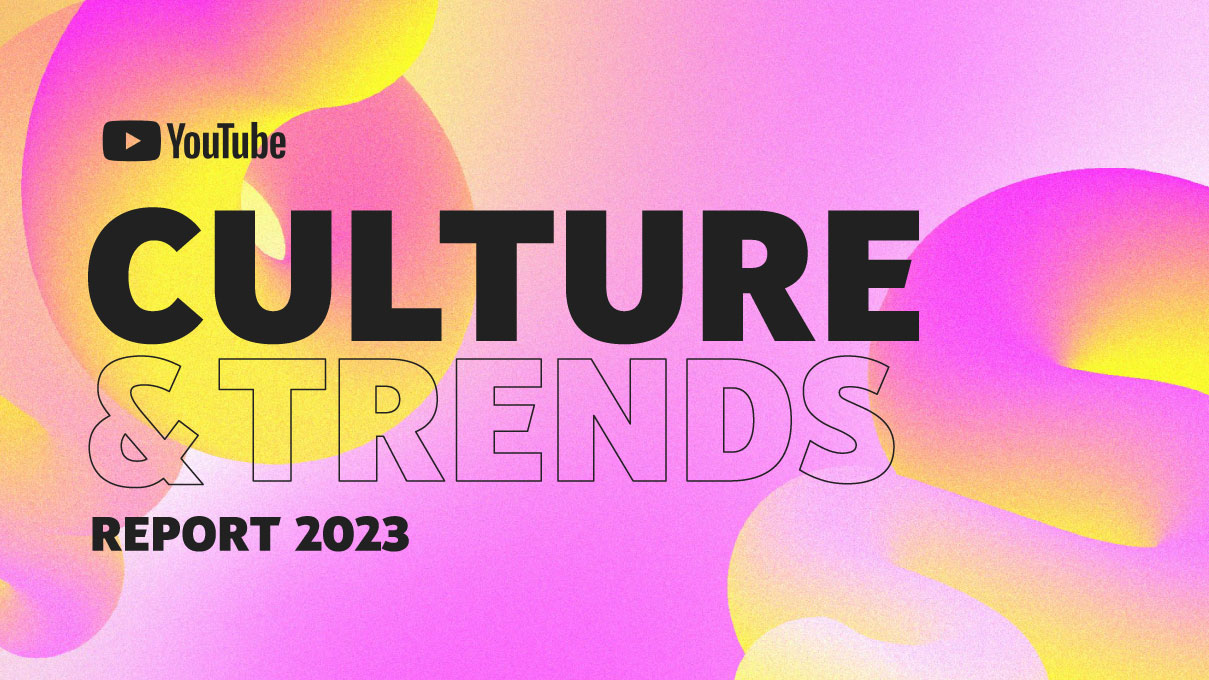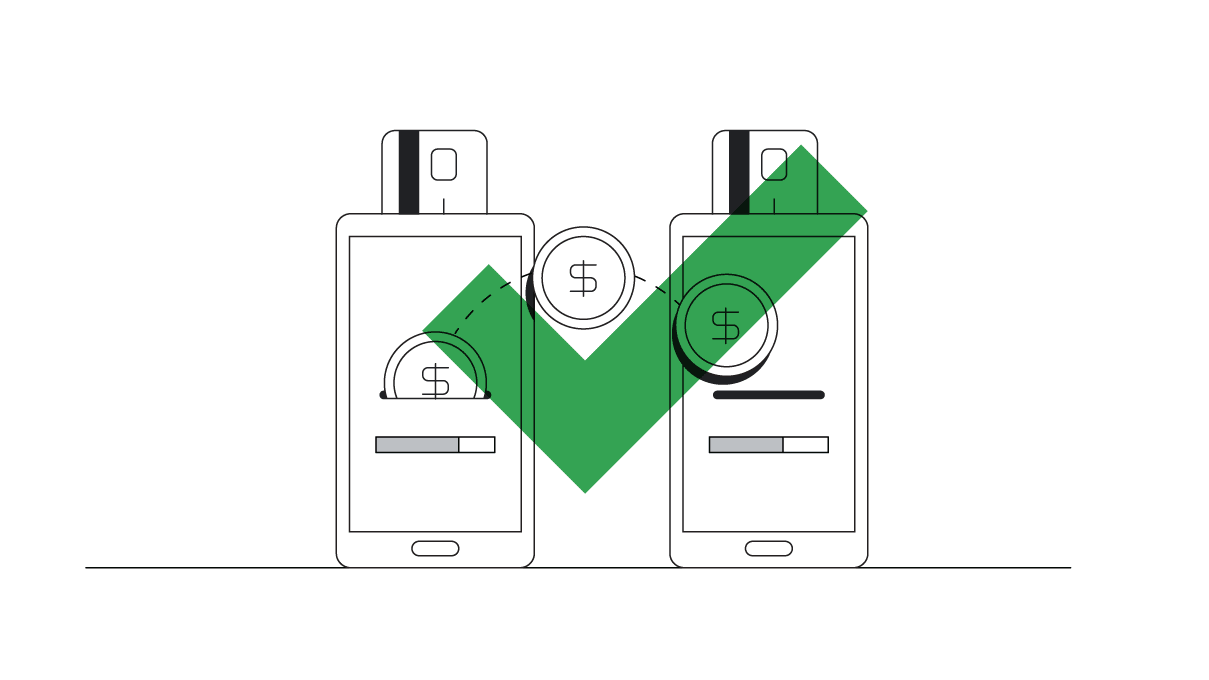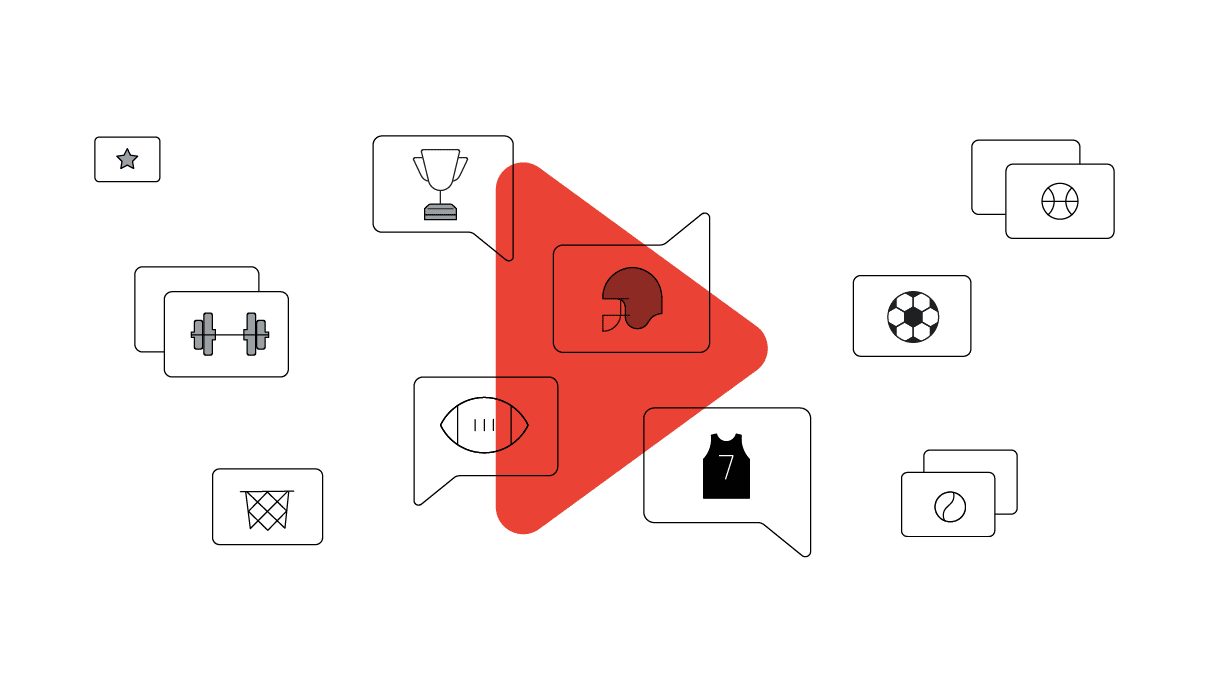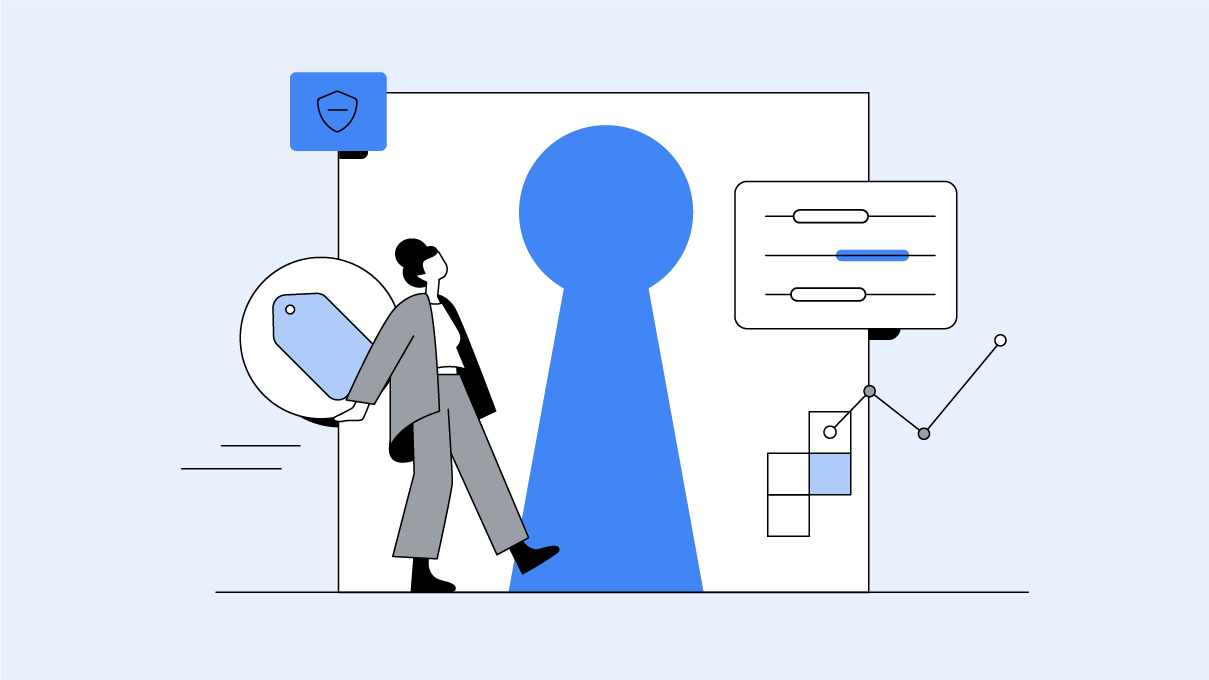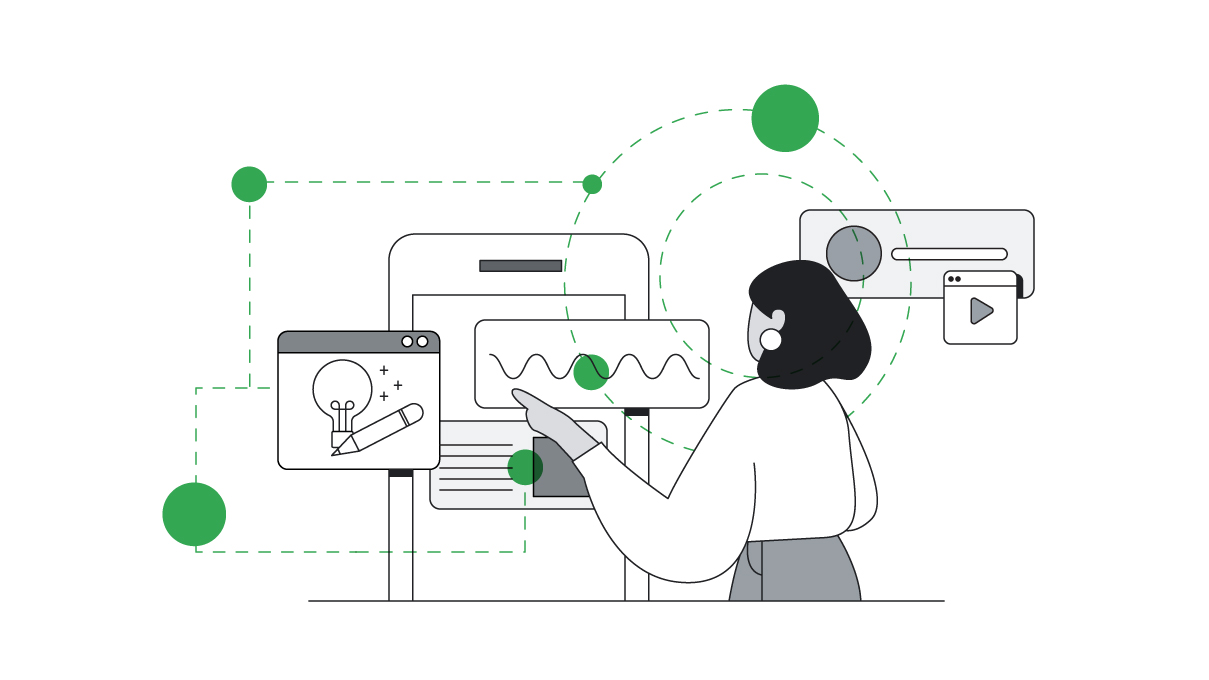Jennifer Oleksiw is the chief consumer experience officer at Eli Lilly and Company, where she oversees customer relationships. Here she shares advice for marketers who are looking to transform their businesses through new technologies and organizational change.

Hard times often teach us important lessons. At Eli Lilly this past year, the pandemic taught us how critical it is to listen, adapt, and respond to changing customer needs.
As a pharmaceutical company, we had a social responsibility to lean in and help people. In the pandemic’s early days, we took immediate actions, such as removing or updating TV and digital ads to better comply with COVID-19 guidelines.
Reality set in quickly that we were in a prolonged global crisis and needed to pivot our marketing strategy to keep up with rapid shifts in consumer behavior. Data became our litmus test for understanding these shifts and informing the decisions we made to adapt. It allowed us to navigate the crisis with a strategic, customer-first approach.
But our preparedness and ability to be nimble didn’t just happen. It started a few years ago — well before the pandemic — as part of a larger commitment to delivering more personalized experiences for customers. We had to increase our digital maturity to do it, by investing in and adopting new technologies and ways of working.
Digital transformation was not easy for us. It required executive buy-in, cross-functional partnerships, and a willingness to invest in ongoing change, even when it was uncomfortable or inconvenient. But over time, our approach has improved our ROI and helped us become more efficient. It also prepared us to show up for customers when it mattered most.
Here are four big lessons we learned during our journey to more data-driven, customer-centric marketing. I’m sharing them with the hope that they can help inform your own plans this year.
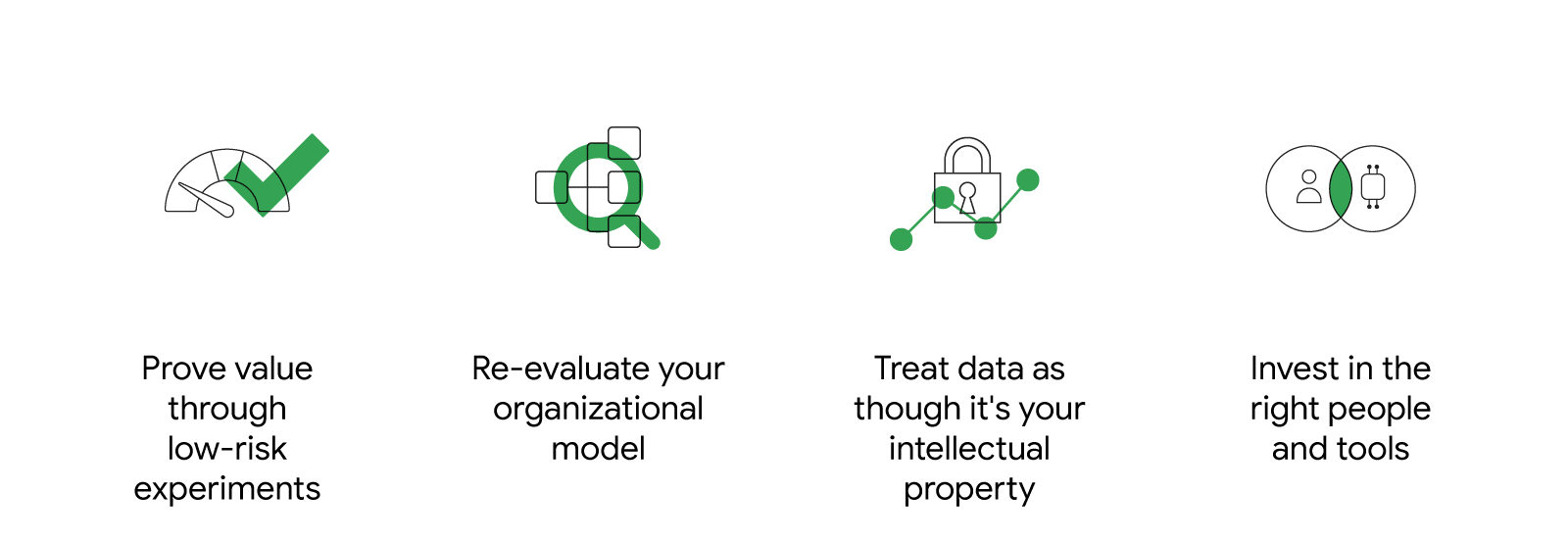
1. Prove value through low-risk experiments
From the outset, the main goal of our transformation was to deliver more personalized customer experiences by understanding and overseeing all of our customer journey touchpoints. Doing that required a deep assessment of those touchpoints and our investment in them.
We began by analyzing insights from various marketing channels where people engaged with the Eli Lilly brand. In partnership with technology providers like Google, we developed a digital transformation road map that gave a clearer picture of how our customer population interacted with the brand day to day. Integral to this process was identifying which data sources were most helpful across the purchase journey, like search behaviors and website interactions.
With a personalized approach, our ROI increased between 12% and 35%, depending on the marketing channel.
As a legacy brand with a working business model, the easiest way for us to drive change in our marketing approach is to show that it works in a cost-effective way. We develop pilot tests to get small wins tied to success metrics that decision-makers care about.
For a diabetes brand with a broad audience, for example, we built a personalized, end-to-end customer journey across select marketing touchpoints for a specific patient profile. This allowed us to see what worked with limited, low-stakes investment.
The experiment showed that a personalized approach increased the brand’s ROI between 12% and 35%, depending on the marketing channel. In turn, we were able to show our stakeholders that personalized messaging drove tangible business results.
2. Re-evaluate your organizational model
Delivering more personalized marketing also required us to take a hard look at our team structure and resourcing to ensure we were organized for success. In a large corporation, it’s often hard to see the costs of individual marketing components, but we spent time re-evaluating which skills and processes to bring in-house and which to outsource to external partners.
Bringing search engine marketing in-house has allowed us to drive over 12 million more patient connections on our website.
Based on this work, we opted to bring search engine marketing in-house, which has allowed us to fully own that part of the consumer journey. We are acquiring more meaningful data but minimizing additional risk by limiting third-party processing of the data. This change alone has helped our search campaigns become 40% more efficient and has increased visits to our website by more than 190%. It’s also given us the opportunity to acquire more meaningful data and drive over 12 million more patient connections on our website.
3. Treat data as though it’s your intellectual property
Lilly is an advocate of consumers’ rights to privacy, which is at the core of our business for both the California Consumer Privacy Act (CCPA) and HIPAA compliance. We approach our data management, sourcing, integration, and utilization accordingly. People won’t share their information if they don’t see a return in value or trust the company they are working with. Earning customer trust is core to who we are and how we approach everything we do.
For each data set we collect or ask to be collected on our behalf, we evaluate whether we should be using the data, how it is created, and if the consumer has given permission for Lilly to use it. We evaluate our entire consumer ecosystem through this lens to ensure trust from our consumers and to be compliant with evolving privacy regulations. This is demonstrated through the consent language and transparency measures on Lilly’s online properties.
Customer trust is at the core of every decision we make around collecting and managing data.
We also look at the potential risk to consumer privacy to guide our data use and first-party data strategy. Based on this, we took ownership of our Campaign Manager 360 ad serving contracts. This gave us full transparency into media costs, performance, and measurement. It also allowed us to integrate more easily with solutions like Google Analytics 360.
4. Invest in the right people and tools
The final key to our success was working to blend the not-so-disparate worlds of marketing and technology. Marketers need to understand technology; technologists need to understand marketing; and all teams need to put the customer at the center.
Marketers need to understand technology; technologists need to understand marketing; and all teams need to put the customer at the center.
For us, this meant bringing specialists who focused on different parts of the consumer journey together onto one unified customer experiences team. From under the same umbrella, this team now oversees customer touchpoints holistically, from the moment someone searches for a brand, for example, to when they want insurance coverage guidance. It also manages the development of the brand strategy, allowing us to better understand the full patient experience.
Then we leaned into external expertise from third-party partners when it made sense. For example, we relied on our agency partners — and still do — for advanced analytics, to evaluate technology platforms, and to inform our test-and-learn strategies.
While it’s difficult to predict the future, our digital transformation has helped prepare us for what’s next. We remain committed to building on these four lessons and to delivering more personalized experiences for our customers.
